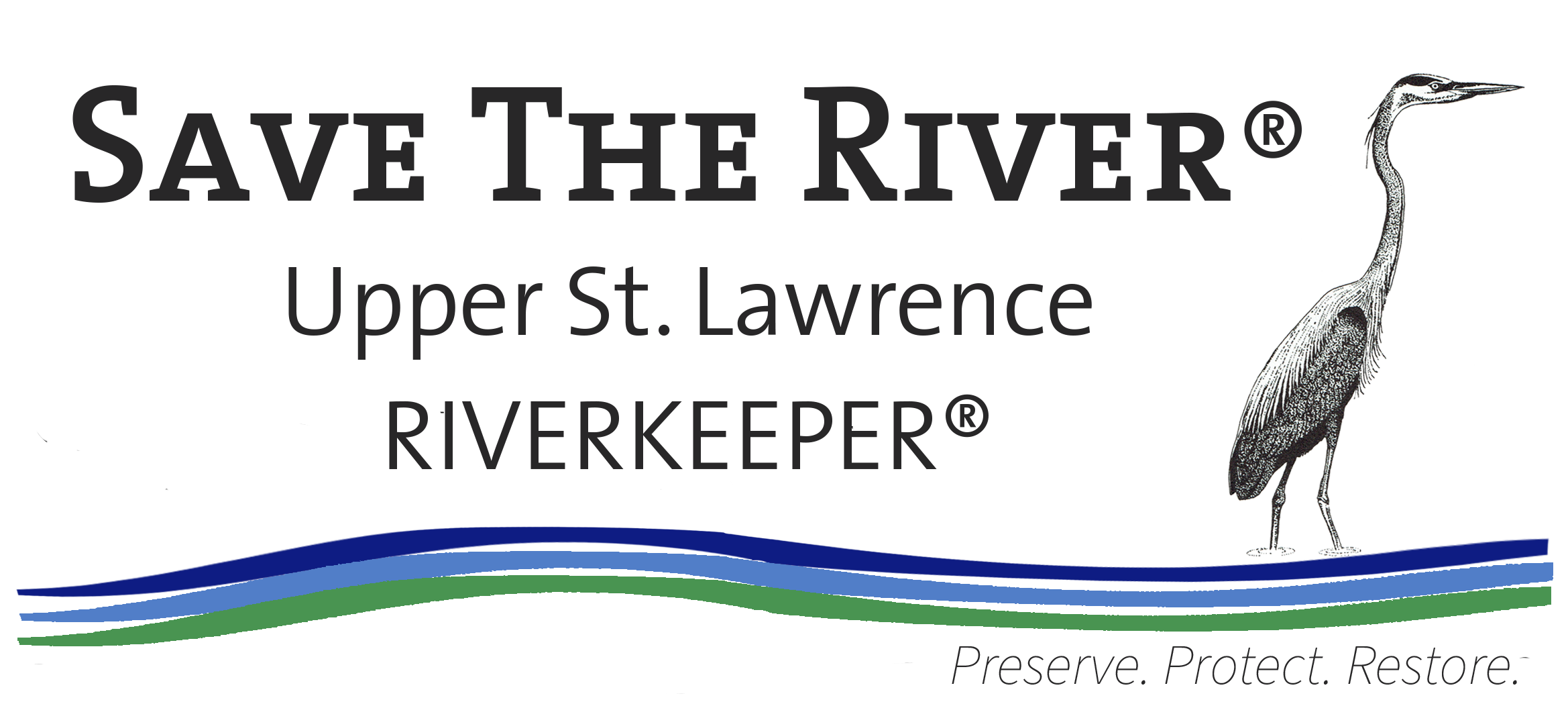There are approximately 700 marina and boat club slips, and hundreds of private docks located along the shores of Lake St. Lawrence. Recreational boaters who navigate the St. Lawrence River, Lake St. Lawrence, and adjacent rivers and lakes have experienced high and low water level conditions that have made it challenging to remove boats from the water at the end of a given boating season. On occasion, the International Lake Ontario-St. Lawrence River Board has assisted fall boat haul out efforts by temporarily reducing outflows from Lake Ontario to increase water levels on Lake St. Lawrence. These efforts have allowed marinas and shoreline dock owners a scheduled window of opportunity at the end of the season to remove recreational boats more easily. A key consideration in this operation is the water levels in the downstream portion of the St. Lawrence River, if water levels on the lower St. Lawrence River are very low it limits the extent to which flow reductions can be made.
The International Lake Ontario-St. Lawrence River Board met August 27th to assess conditions, weather forecast and also discuss possibilities for assisting with boat haul out on Lake St. Lawrence. Several uncertainties still exist that could impact water levels in the next two weeks including long term weather forecasts, upstream and downstream inflows, and basin inflow. With that in mind, the Board decided to continue to monitor weather forecasts, water supply conditions, and re-evaluate the possibility to provide relief to support boat haul out in a few weeks. The Board will meet the week of September 6th to re-assess water level conditions within the Lake Ontario-St. Lawrence River system, and to specifically decide whether to assist with boat haul out. The Board members are eager to find out what conditions will prevail and hope the communities will understand the importance to take the available time for greater precision in order to make the right decision with the availability of Lake Ontario waters.
The US drought monitor maps show abnormally dry to moderate conditions within the St. Lawrence River basin: https://droughtmonitor.unl.edu/
Ontario Conservation Authorities upheld Level 1 Low Water Condition statements in several locations around Lake Ontario and the St. Lawrence River: https://www.lioapplications.lrc.gov.on.ca/webapps/swmc/low-water-response/#conditions
“Although current forecasts indicate below average water levels will persist in the St. Lawrence River basin through fall, it is important to recognize the Board stopped deviations from Plan 2014 and returned to regulation plan flows on July 17th”, said Mr. Steve Durrett, United States Co-Chair of the International Lake Ontario-St. Lawrence River Board. The return to regulation plan flows resulted in an increase in Lake Ontario outflows. Since the return to regulation plan flows, wetter summer conditions have caused Lake Ontario water levels to increase to near long-term average and Lake St. Lawrence water levels have aligned closely with 2020 levels recorded this time last year. The Board will update the public regarding any need or plans to aid end of season boat haul out.
Information on hydrologic conditions, water levels and outflows, including graphics and photos, are available on the Board’s website and posted to the Board’s Facebook page at https://www.facebook.com/InternationalLakeOntarioStLawrenceRiverBoard, and more detailed information is available on its website at https://www.ijc.org/en/loslrb.
Contacts:
Bryce Carmichael: (513) 418-8562
Sarah Lobrichon: (613) 794-8592
Or by email :
ILOSLRB-USSection@usace.army.mil
ec.cilofsl-iloslrb.ec@canada.ca
The International Lake Ontario-St. Lawrence River Board ensures that outflows from Lake Ontario meet the requirements of the International Joint Commission’s Orders of Approval. Under any regulation plan, the ability to regulate the outflow from Lake Ontario does not mean that full control of lake levels is possible. This is because the major factors affecting water supply to the Great Lakes, precipitation, evaporation, and runoff cannot be controlled, and are difficult to accurately predict.
